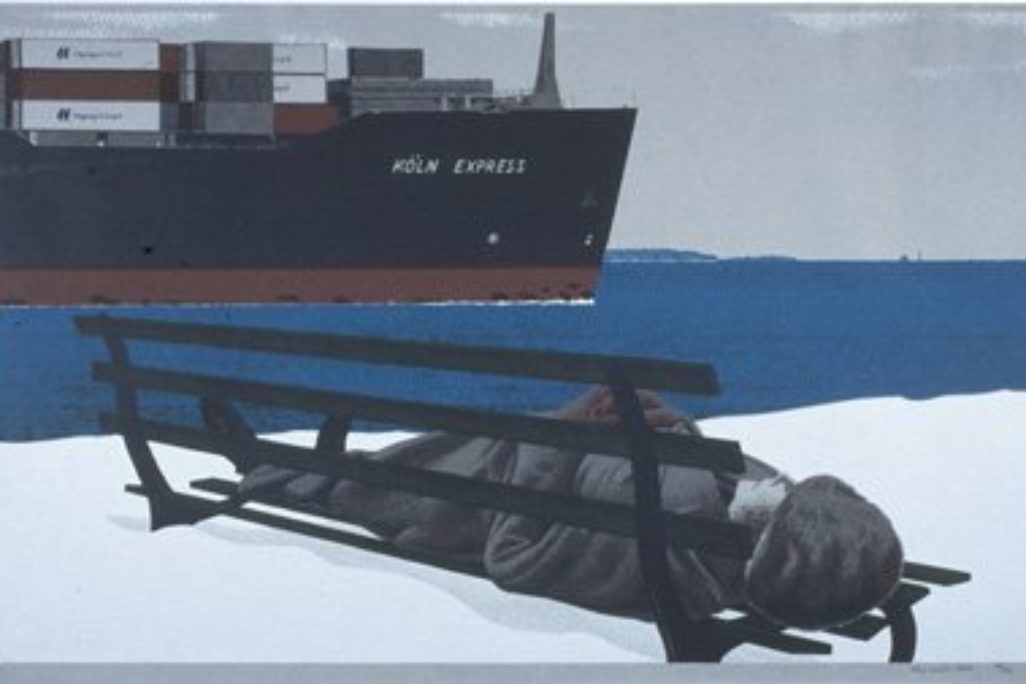Alex Colville is one of Canada’s foremost artists, with an extensive record of national and international exhibitions, including major retrospectives at the Art Gallery of Ontario (1983), the Montreal Museum of Fine Arts (1994), and the National Gallery of Canada (2000). His meticulous, sharp-focused style of painting has had a notable impact on representational practice in Canada. As David Burnett and Marilyn Schiff observe, “Through his teaching and the example of his work [Colville] has had a significant influence on a number of the other realist artists; Christopher and Mary Pratt, Tom Forrestall, D. P. Brown, and Hugh MacKenzie, for instance were among his students.”1 Although primarily known for his painting, Colville has produced screenprints on a regular basis since 1955—a production that has been explored in exhibitions including Alex Colville: Paintings, Prints and Processes, 1983–1994 (Montreal Museum of Fine Arts, 1994–95) and Colville Serigraphs (Acadia University Art Gallery, 1995).
Köln Express (1986) provides an instructive example of Colville’s printmaking process, in this case the cut-stencil method of serigraphy that he used until 1992. As a fully realized work of art, the print demonstrates the artist’s ongoing investigation of the themes of death, separation, and travel. In Community Watch, the work offers an insight into the effects that globalism has had on communities. In the print, a person appears to be sleeping on a bench despite snow piling up on the ground around them. The Köln Express—a cargo ship—slowly enters the local bay, carrying mountains of containers of goods and supplies from all corners of the world. It is not clear if the sleeping person is one of the port workers waiting for the ship to dock, or if they are homeless after being displaced by the incursion of global industrialization.
– TAK PHAM

